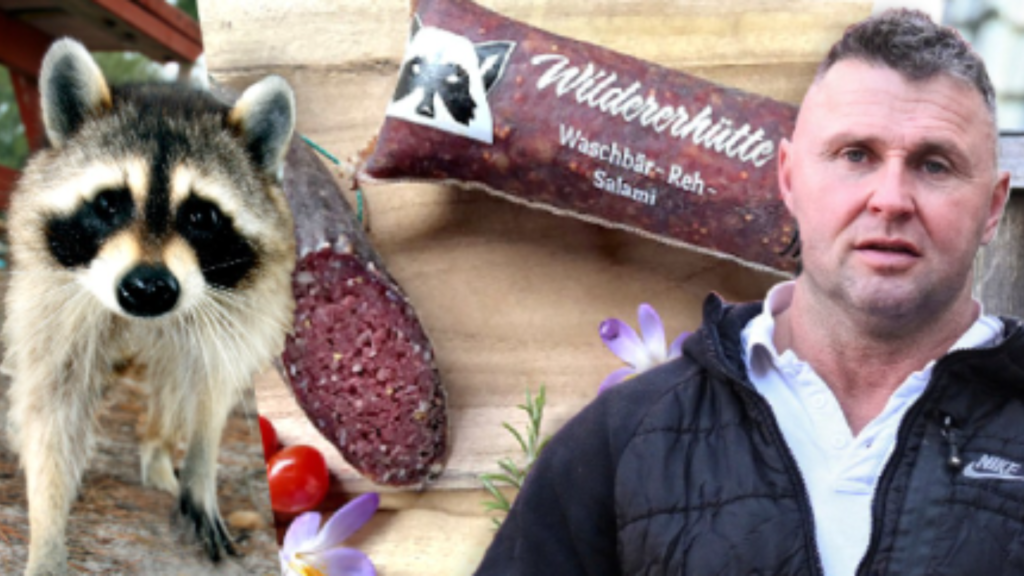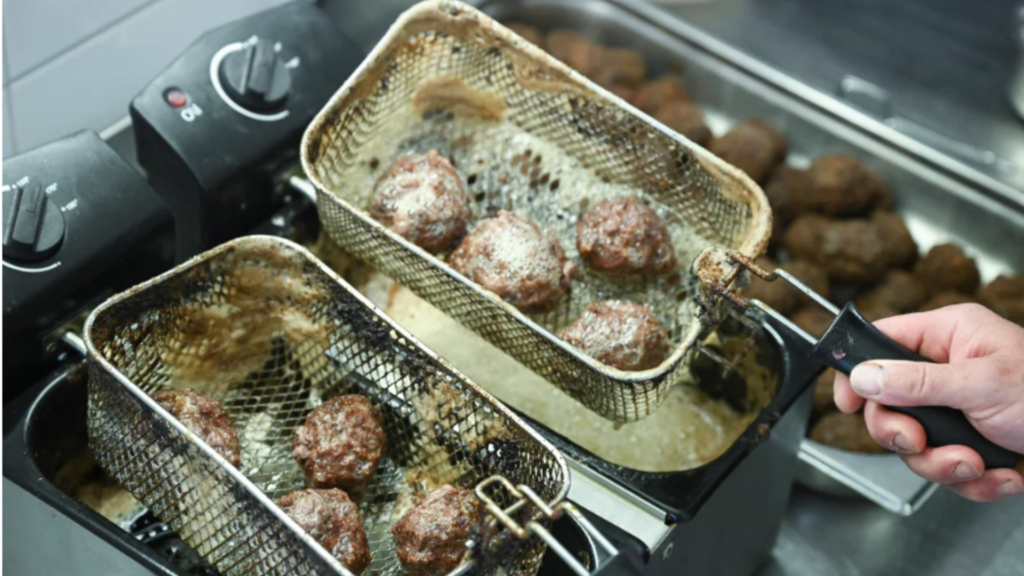Your cart is currently empty!
Raccoon Sausage, Anyone? How Germany Is Turning Invasive Species Into a Culinary Delight


Germany’s Raccoon Population Boom: A Culinary Adventure in Conservation
Imagine a small butcher shop in northeastern Germany offering raccoon sausages, meatballs, and even raccoon salami. This is the reality at Wildererhütte, a shop run by hunter and butcher Michael Reiss, who found a resourceful and tasty way to address Germany’s raccoon overpopulation. Originally introduced for fur farming in the 1930s, raccoons have thrived in the German landscape, reaching an astonishing two million. Now, they’re no longer just a wildlife sighting; they’re an entrée.
Turning a Pest into a Plate
Reiss, based in the town of Kade, saw opportunity in the invasive raccoons being culled as pests and wanted to make the most of them. With local authorities’ approval, he developed “raccoon balls” (meatballs made from raccoon meat) for Germany’s Green Week food fair. Surprisingly, these raccoon-based bites became an instant hit, encouraging Reiss to add more raccoon products to his lineup. Today, Wildererhütte draws adventurous foodies from miles around, eager to sample raccoon sausages and other creations—transforming his shop into a unique destination for raccoon meat lovers across Europe.
What Does Raccoon Taste Like?
Curious about the taste? Reiss describes it as softer than other game meats, with a familiar flavor that’s not too far off from what people expect. This makes it palatable even for those who may be trying raccoon for the first time. The appeal of a new flavor, combined with the shop’s distinct offerings, has turned Reiss’s raccoon products into an unexpected culinary attraction, as locals and tourists alike make the trip to Kade to give it a try.

A Sustainable Solution to Germany’s Raccoon Problem
This inventive approach not only meets a rising demand for unique foods but also tackles a serious ecological issue. Raccoons in Germany threaten local biodiversity, preying on small animals, including endangered amphibians and reptiles. By transforming this invasive species into a local delicacy, Reiss has devised a sustainable model that could inspire similar solutions worldwide, where invasive species continue to challenge ecosystems.
Reiss’s success shows that conservation can be both resourceful and delicious. Wildererhütte isn’t just serving food; it’s serving a creative approach to environmental balance, one raccoon sausage at a time.
Would you be willing to try raccoon meat as a sustainable food option, or do you think some animals are off-limits for consumption?





